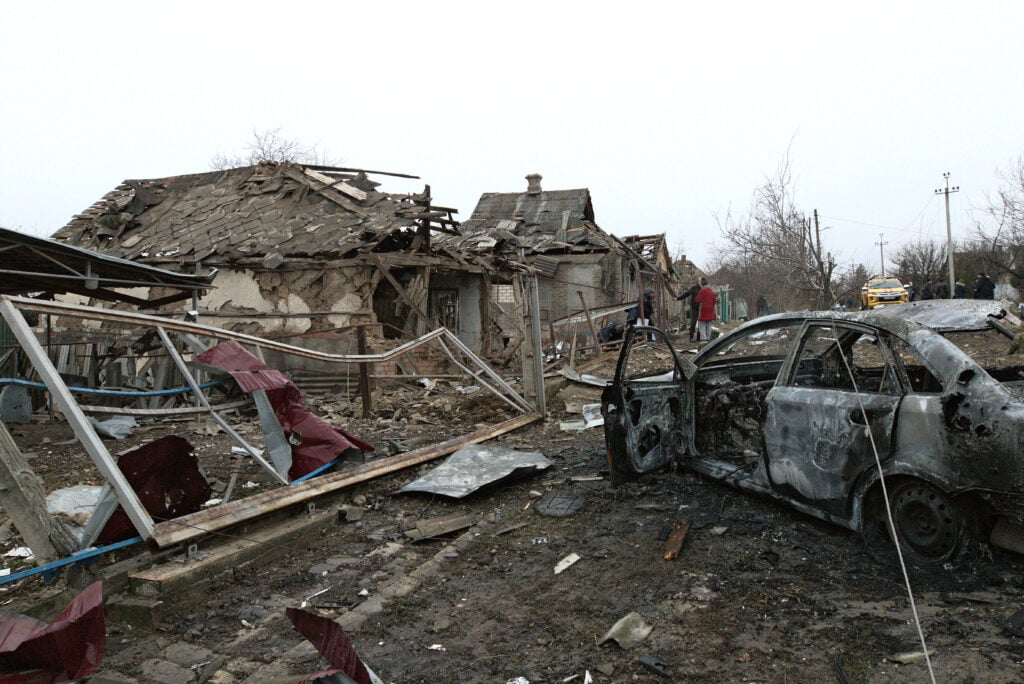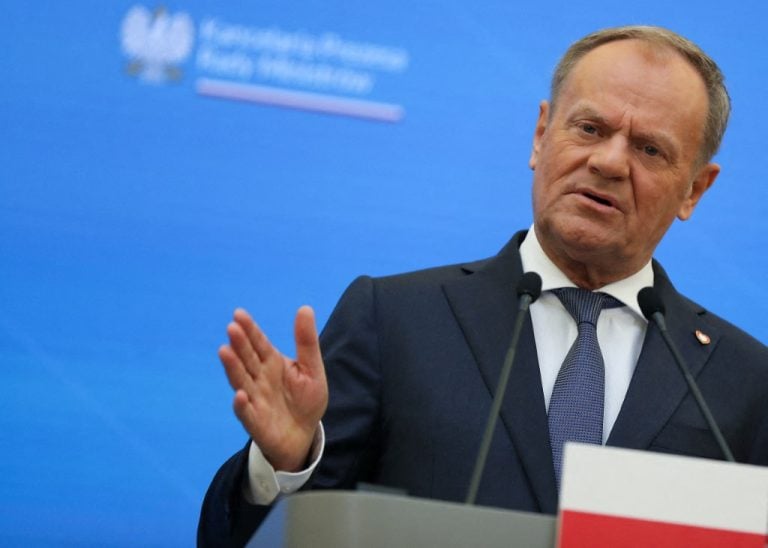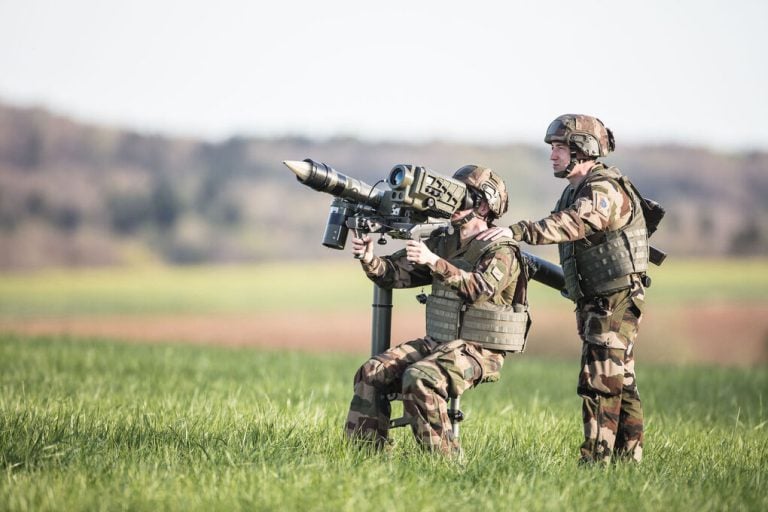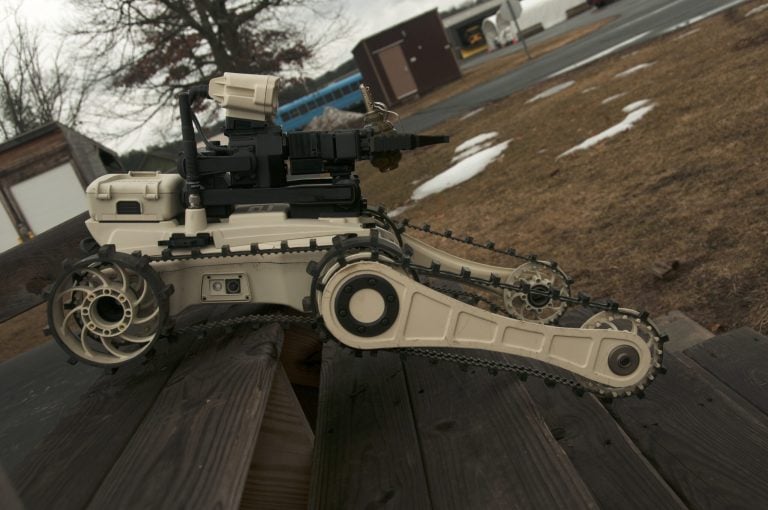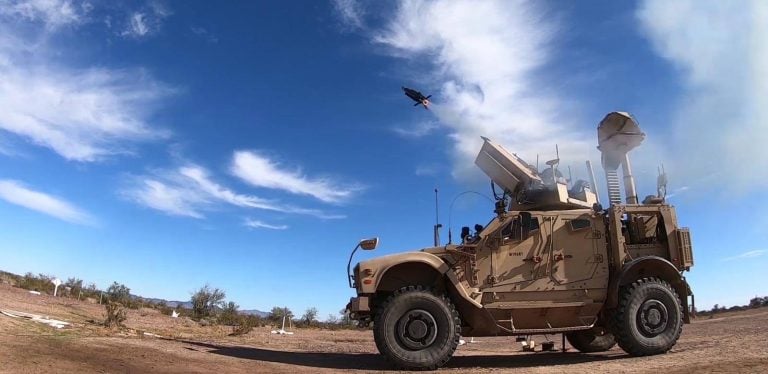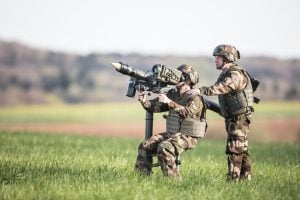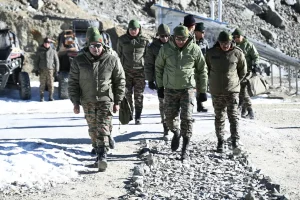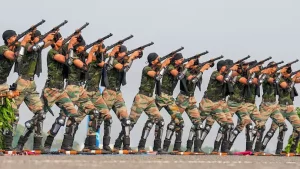In the small town of Stetskivka, northeast Ukraine, a few elderly residents braved the relentless rain to catch a yellow bus heading to the larger city of Sumy, the regional capital. Amid concerns about increased drone strikes from Russian forces, their determination to shop and maintain a semblance of normalcy was palpable.
Galyna Golovko, a 69-year-old shop owner, expressed her fear regarding the bus trips. “I’m afraid. Nobody knows what could happen to the bus we take,” she stated, highlighting the tension that hangs over the daily lives of the residents. Golovko avoids going out during the times when drones are most active, dubbing the mornings and evenings “hell” due to the conflict that has escalated over the past three years.
Stetskivka is situated just 10 kilometers from the front line, with the Russian border merely 17 kilometers away. The region has witnessed significant military actions, especially since Ukraine launched an incursion into the neighboring Russian region of Kursk last year. That offensive had initially met with success, allowing Ukraine to hold the territory for eight months until a counter-offensive by Russian forces, reportedly supported by North Korean troops, forced a retreat.
The situation has grown increasingly precarious, with reports indicating that Russian forces have made advances towards Sumy, taking control of several villages along the way. As a result, mandatory evacuations of civilians have become commonplace. One elderly woman at the Stetskivka bus stop remarked on her preparedness for the potential arrival of Russian troops, a stark reminder of the ongoing conflict and its impact on the local population.
Golovko reflected on the surrounding devastation, saying, “Beyond Stetskivka, everything has been destroyed; there is not a single village.” In her shop, a plastic box with donations lay on the counter, intended for a family who lost their home to a Russian glide bomb, underscoring the human cost of the ongoing war.
Just ten kilometers south lies Sumy, a city that boasted a population of 255,000 before the war began. While restaurants remain crowded and life seems superficially unchanged, the city bears visible scars from previous bombardments. The muffled sounds of explosions can sometimes be heard, serving as a chilling backdrop to the city’s daily life. Concrete bunkers line the streets, indicating an ever-present threat from Russian strikes aimed at establishing a “buffer zone” to prevent Ukrainian incursions.
Anvar, commander of the drone battalion of the 225th regiment defending the region, affirmed that the Russian offensive had been halted. The situation has become a “war of positions,” he explained, with both sides vying for territory.
At the base for his unit, surrounded by equipment for transforming commercial drones into weapons, Anvar said, “It is now a drone war,” highlighting the evolution of combat tactics. He revealed that Russian forces were continuously sending waves of soldiers in attempts to overwhelm Ukrainian defenses, a practice that has taken a significant psychological toll on troops.
As Golovko shared her thoughts on the state of the war, her determination was clear. “I will stay at home,” she declared tearfully, pounding her fist on the counter. She lamented the pre-war relationships she once had with people in Russia, holding onto hope that “this madness will end,” referring to the conflict ignited by Russian President Vladimir Putin.
The resilience of these residents, despite the ever-looming threat of violence, is a striking testament to their determination to hold on to their lives and homes in the face of overwhelming adversity.
